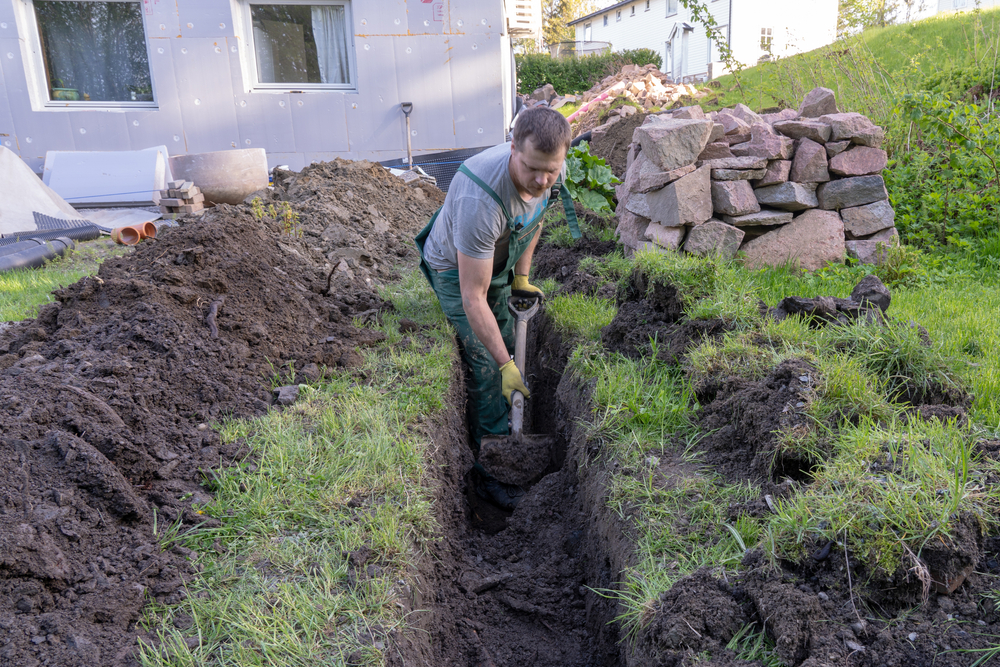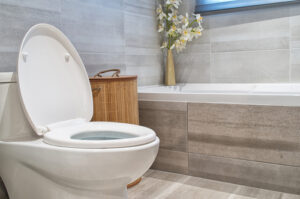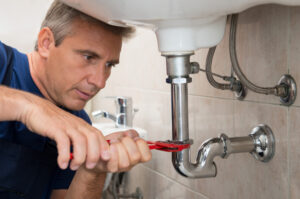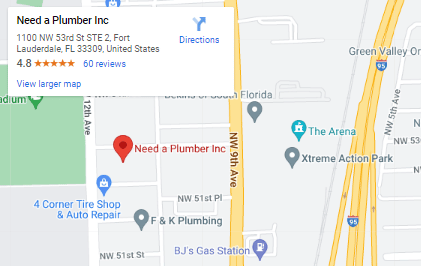If you’re a homeowner or a building contractor, you know that drainage is a crucial part of any construction project. When it comes to installing a drainage system, you need to be aware of the types of pipes available in the market, their materials, and how they work. In this article, we’ll provide you with all the essential information you need to know about underground drainage pipes.
Introduction to Underground Drainage Pipes
Underground drainage pipes are used to move wastewater from buildings to the main sewer system. The pipes are installed underground, making them invisible, and are typically made of plastic or clay. There are several types of underground drainage pipes, including soil pipes, waste pipes, and underground drainage pipes.
Types of Underground Drainage Pipes
Plastic Pipes
Plastic pipes are the most common type of underground drainage pipes. They are lightweight, durable, and easy to install. PVC (polyvinyl chloride) pipes and HDPE (high-density polyethylene) pipes are the most popular types of plastic pipes used for drainage.
Clay Pipes
Clay pipes were once the most commonly used underground drainage pipes. However, they have now been largely replaced by plastic pipes due to their fragility and high cost. Clay pipes are still used in some places, particularly in conservation areas where it is required to maintain the historic character of a building.
Concrete Pipes
Concrete pipes are heavy, durable, and long-lasting. They are commonly used for large-scale drainage projects, such as stormwater systems and municipal drainage systems.
Materials Used for Underground Drainage Pipes
Underground drainage pipes are made from a variety of materials, including plastic, clay, and concrete.
Plastic
Plastic is the most common material used for underground drainage pipes. PVC (polyvinyl chloride) and HDPE (high-density polyethylene) are two popular types of plastic used for drainage pipes. They are lightweight, durable, and easy to install.
Clay
Clay pipes were once the most commonly used underground drainage pipes. They are still used in some places, particularly in conservation areas where it is required to maintain the historic character of a building. Clay pipes are fragile and can be expensive.
Concrete
Concrete pipes are heavy, durable, and long-lasting. They are commonly used for large-scale drainage projects, such as stormwater systems and municipal drainage systems.
Benefits of Underground Drainage Pipes
Underground drainage pipes have several benefits, including:
- Improved sanitation: Underground drainage pipes help to remove wastewater from buildings, improving hygiene and sanitation.
- Reduced flooding: By directing wastewater away from buildings, underground drainage pipes help to reduce the risk of flooding.
- Cost-effective: Compared to other drainage solutions, underground drainage pipes are relatively inexpensive and easy to install.
- Durable: Many underground drainage pipes are made from durable materials, such as plastic and concrete, ensuring they have a long lifespan.
Installation of Underground Drainage Pipes
Underground drainage pipes are typically installed by a professional contractor. The installation process involves excavating a trench for the pipes, laying the pipes, and connecting them to the main sewer system. The pipes are then covered with soil, leaving them hidden from view.
Maintenance of Underground Drainage Pipes
Like all drainage systems, underground drainage pipes require regular maintenance to ensure they function correctly. Regular cleaning and inspection can help to prevent blockages and other issues. If you notice any problems with your drainage system, it’s important to contact a professional contractor to address the issue promptly.
Conclusion
Underground drainage pipes are a crucial part of any construction project. Whether you’re building a new home or upgrading an existing drainage system, it’s important to choose the right type of pipe for your needs. By understanding the different types of Underground drainage pipes are a crucial part of any construction project. Whether you’re building a new home or upgrading an existing drainage system, it’s important to choose the right type of pipe for your needs. By understanding the different types of pipes available in the market, their materials, and how they work, you can make an informed decision.
Remember that proper installation and maintenance of underground drainage pipes are key to ensuring their longevity and optimal performance. By keeping your drainage system in good condition, you can prevent blockages, reduce the risk of flooding, and improve sanitation and hygiene.
FAQs
- How deep should underground drainage pipes be buried?
- Underground drainage pipes should be buried at a depth of at least 30cm below ground level.
- How often should underground drainage pipes be inspected?
- It is recommended to have your underground drainage pipes inspected at least once a year.
- Can I use plastic pipes for large-scale drainage projects?
- Yes, plastic pipes such as PVC and HDPE can be used for large-scale drainage projects. However, it’s important to consult with a professional contractor to determine the best type of pipe for your specific needs.
- How long do underground drainage pipes last?
- The lifespan of underground drainage pipes depends on several factors, such as the material used, the installation method, and the maintenance schedule. Plastic pipes can last up to 50 years, while concrete pipes can last over 100 years.
- What should I do if I notice a problem with my underground drainage system?
- If you notice a problem with your underground drainage system, such as slow drainage or foul odors, it’s important to contact a professional contractor to diagnose and fix the issue.














